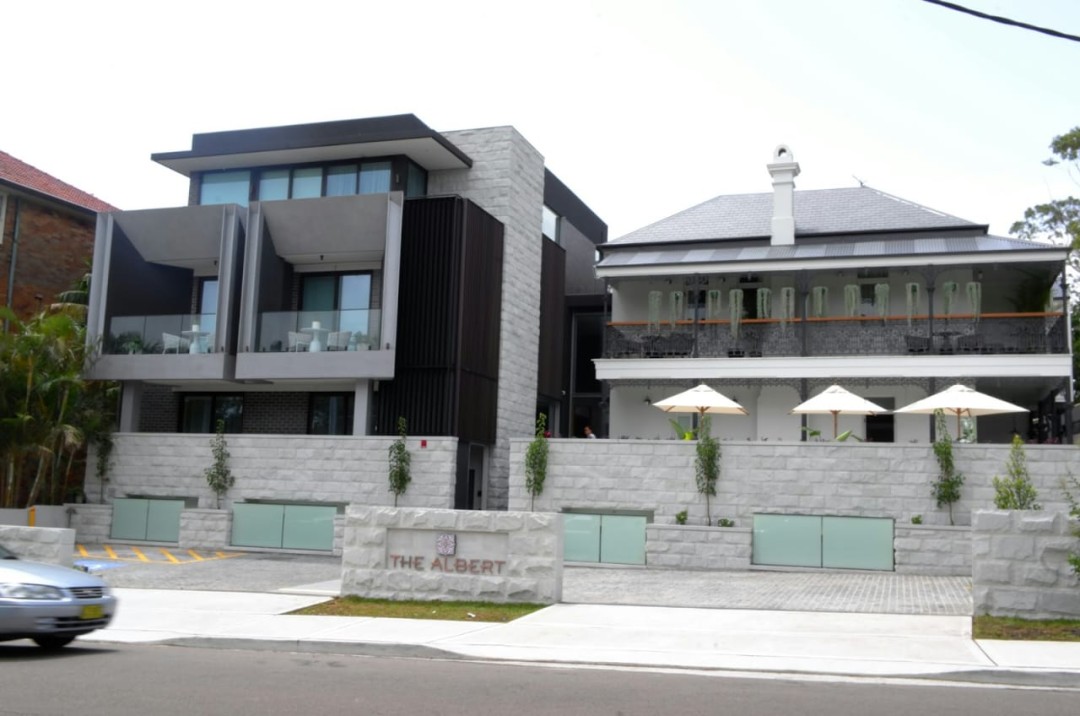
BELFOR, the world’s leading property restoration company, has announced a focused effort to partner closely with interior designers to create smooth, stress-free renovation experiences for clients. These collaborations aim to blend BELFOR’s technical expertise in restoration with the creative vision of interior designers.
Renovation projects are a bit like jazz bands. Each player is a specialist, but without harmony, the tune falls flat. When it comes to bringing new life to a damaged or outdated space, restoration companies and interior designers need to work in sync.
This pairing does more than freshen up a room’s look — it blends technical know-how with creative vision for results that last.
So, why is tight collaboration between these professions so important? Clear roles, better efficiency, and fewer headaches for everyone involved.
According to the Harvard Joint Center for Housing Studies, renovation projects that involve early and clear collaboration between contractors and designers are significantly more likely to stay on schedule and within budget, reducing costly surprises and delays.
The Importance of Early Collaboration
You can’t build a house from the roof down. That’s why restoration companies and interior designers, need to start as partners from day one. Here’s what happens when they do:
- Errors drop: Surprise changes are less common, saving money and time.
- Timelines improve: With everyone on the same page, work flows more smoothly and schedules stick.
- No crossed wires: Clear roles mean everyone knows who’s doing what, so things don’t fall through the cracks.
Defining Project Scope and Goals
Imagine hiring a band but not telling them what kind of party you’re throwing. Chaos, right? The same goes for renovation and restoration projects.
- A restoration company needs the designer’s visual map: What style? Which colors? What’s staying and what’s going?
- Designers need technical limits from restoration experts: What’s possible structurally? What needs to be preserved? Where are the hidden hazards or budget red flags?
Laying out goals and scope early leads to a blueprint that guides every move, reducing confusion and making sure even the trickiest repairs match the vision.
Establishing Roles and Workflows
Who’s calling suppliers? Who’s tracking the painters? If that isn’t clear, the job site turns into a game of telephone.
To dodge delays and wrangling over responsibility, teams should:
- Assign material sourcing to one lead (designer or contractor, but not both).
- Decide who manages which subcontractors.
- Set up a single point of contact for client updates.
Bottom line: Assigning clear jobs keeps everyone accountable, and there’s less second-guessing.
Coordinating for Seamless Execution
So, the plan is set — but how do teams keep things running as they move from blueprint to build? The best crews work with eyes wide open, tools at the ready, and no fear of double-checking every detail.
Joint site visits are a must. Both sides review progress to make sure the restoration matches the design intent and practical challenges are tackled on the go.
Shared documentation—plans, specs, and notes—keep everyone on the same page. No guessing games.
Modern project management tools are taking this teamwork to the next level: think real-time calendars, shared punch lists, and instant updates when plans change.
Utilizing Detailed Specifications and Digital Tools
Spec Books act as the playbook for the whole team. These aren’t just wish lists — they lay out what materials to use, how to install them, and where to find replacements if supply chains snag.
Digital tools also mean fewer texts and email chains. Platforms like Buildertrend, Asana, or Monday.com link schedules, files, and updates so no one’s hunting for the latest version.
Pro tip: Teams that rely on shared, cloud-based documents eliminate costly errors. Everyone always sees the most current info.
Adapting to Unexpected Challenges Together
Old buildings hide secrets. Maybe you open a wall and discover mold, rot, or outdated wiring. Or that perfect tile the designer chose is suddenly backordered for six months.
The best partnerships are battle-tested. Restoration crews lean on their fix-it skills, and designers adjust the vision without blowing the budget or sacrificing style.
A quick call, an updated drawing, a well-timed group huddle: staying nimble solves most problems before they snowball.
Quality Assurance and Final Walkthroughs
Even the flashiest design and the sturdiest repairs mean little if the end result falls short. Quality checks are about making sure the finished space lives up to what everyone promised.
This includes:
- Joint punch lists: Both the designer and restoration lead walk the site, noting touch-ups, missing features, or lingering issues.
- Final walkthroughs with the client: No surprises. Everything matches the specs, and clients can ask final questions or request tweaks.
- Aftercare plans: Some teams offer a closing review weeks or months later to catch missed problems and strengthen trust.
Bottom line: This wrap-up phase cements satisfaction — and sets the stage for referrals.
The smartest restoration companies and interior designers don’t just coexist on a job site. They team up, set clear ground rules, and share tools that keep everyone connected. This partnership makes for fewer delays, better results, and happier clients.
About BELFOR
BELFOR is the global leader in disaster recovery and property restoration, helping homeowners, businesses, and communities recover after fire, water, mold, and storm damage. With over 14,000 employees in 34 countries, BELFOR brings unmatched technical expertise and a commitment to quality service.
Media Contact
Company Name: Sheldon Yellen
Contact Person: Sheldon Yellen
Email:Send Email
Address:2425 2nd Avenue
City: South Birmingham
State: AL 35233
Country: United States
Website: https://www.belfor.com/
